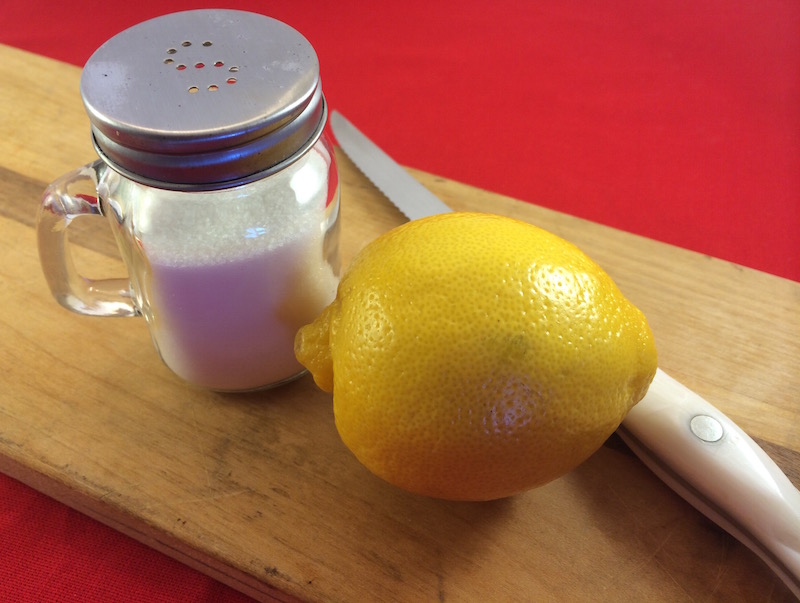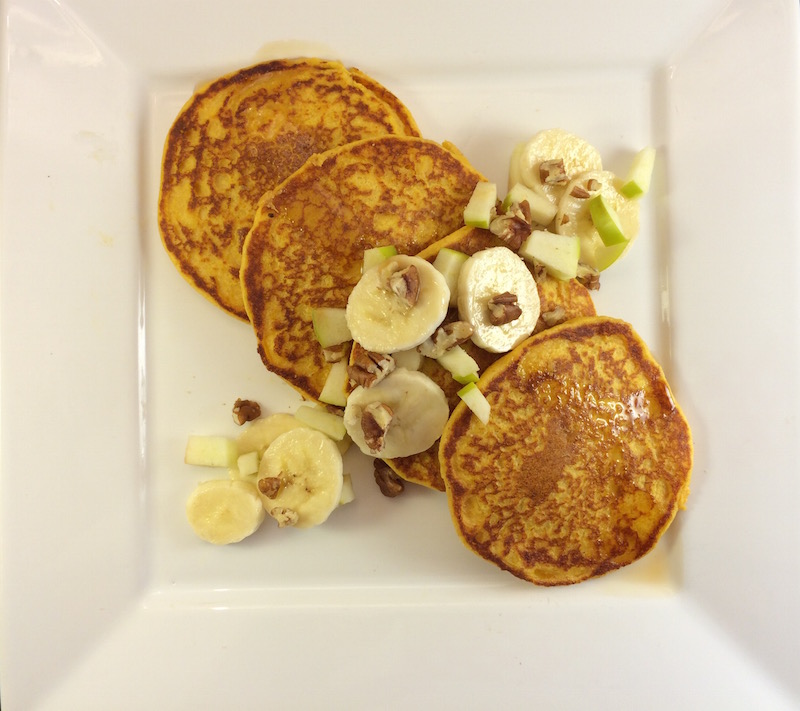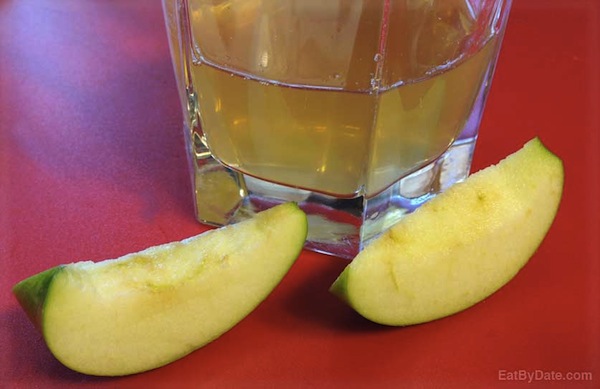How Long Does Bread Last?
Bread - How long does bread last? Since preservatives play a large part in the answer to how long bread lasts, the answer ranges from a few days to several weeks or more. The shelf life of bread depends on a variety of factors, such as the best by date, the preparation method and how it was stored.
Bread is made of flour, water and yeast. Because of its relatively low cost and high calorie density, bread is one of the most popular food staples in the world. It is so versatile that it can be prepared and sold in varieties of any shape or size.
So, how long does bread last? When properly stored, the shelf life of bread past its best by date is approximately ...
Our Favorite Food Storage Set!
With oven-safe glass and water-tight lids, these food storage containers are ready for action! Not a Prime Member? Try a 30-day free trial today!
Bread Expiration Date
| Opened/Unopened | Pantry | Refrigerator | Freezer |
|---|---|---|---|
| Past Printed Date | Past Printed Date | Past Printed Date | |
| Bakery Bread lasts for | 2-3 Days | Not Recommended | 6 Months |
| Packaged Bagels (Soft) last for | 5-7 Days | 7-14 Days | 6 Months |
| Bakery Bagels last for | 2-3 Days | Not Recommended | 6 Months |
| Packaged Bread (Soft) lasts for | 5-7 Days | Not Recommended | 6 Months |
| Refrigerator Biscuit Dough (Pillsbury biscuits & rolls) lasts for | 2 Hours | 1-2 Weeks | Not Recommended |
| Frozen Bread Dough (Soft) lasts for | 1 Day | 2-3 Days | 1 Year |
| Cooked French Toast lasts for | 2 Hours | 5-7 Days | 6-8 Months |
| Bread Crumbs last for | 5-6 Months | Not Recommended | 6-8 Months |
| Croutons last for | 5-6 Months | Not Recommended | Not Recommended |
Of course, all foods last for a shorter period of time if they are not stored properly. Remember that bread, like a lot of other grains, usually has a best by date and not an expiration date. Because of this distinction, you may safely use breads to compliment your favorite meals even after the best before date has lapsed.
How to tell if Bread is bad, rotten or spoiled?
Practicing proper hygiene and food safety techniques will help prevent foodborne illness.
Although not a perfect test, your senses are usually the most reliable instruments to tell if your product has gone bad. Some common traits of bad bread are mold (mould), which can often be smelled before it is seen (but do not sniff it - you don't want mold spores up your nose!). Bread mold can come in all sorts of colors, even white which needs a close look to differentiate from flour. If one slice of bread is moldy, it is not a good idea to eat another slice from the same loaf - throw away the entire loaf.
A hard and dry texture means that the bread is stale but it can still be used as bread crumbs or croutons if there is for sure no mold (mould). Since bread crumbs and croutons are dried, if they are kept dry, they can enjoy a long shelf life because mold needs moisture to grow. But if your breadcrumbs have gone bad, check our breadcrumb substitution page for suitable alternatives.
The problem with refrigerated biscuits and rolls, those bought in tubes in the refrigerated section of the grocery, is that the oils begin to turn rancid a few weeks beyond the best by date. There will be an off smell when the tube is cracked and the color of the dough will be slightly darker than original. The taste is also affected, so don't start the oven if you notice your dough has begun to go bad.
There are, of course, certain health risks associated with spoiled foods so always remember to practice food safety and enjoy your foods before their shelf life has expired!
How to store Bread to extend its shelf life?
You can help keep freshly baked bakery bread fresh by storing it in a paper bag. Paper bags are better than plastic bags because the paper allows the bread to breath and keep from moisture build up and mold - but it will dry out way faster.
Sliced bread is best stored in the plastic bag that it comes in to keep it fresh. Bread can be stored in the fridge, but it is not recommended because it dries out much faster.
Freezing is a better long-term option, you can freeze your bread while preserving its taste and texture if you use an air-tight freezer safe container (or the plastic bag it came with a twist tie closure). Foods freeze indefinitely, but the quality declines after the times indicated on the table.
If you find that your loaf is hardening (but not moldy) check our what to do with stale bread page. And if you're out of butter, you know there's nothing better with bread, but check our butter substitute suggestions.
Some benefits of proper food storage include eating healthier, cutting food costs and helping the environment by avoiding waste.
Interesting facts about Bread:
How long is Bread good for when prepared in a dish?
How long does bread last? That depends. How long does deli meat last? In general, foods lasts only as long as the quickest expiring ingredient in the dish.
What are our shelf life resources?
In determining how long Bread lasts, our content incorporates research from multiple resources, including the United States Department of Agriculture and the United States Food & Drug Administration. In addition, we scoured the web for informative articles and reports related to food safety, food storage and the shelf life of Bread.
*An important note about expiration dates...
Although the Bread shelf life information on Eat By Date is generally reliable, please remember that individual cases will vary and that our advice should only be taken as an opinion and not a replacement for your health care professional. Please eat responsibly!






